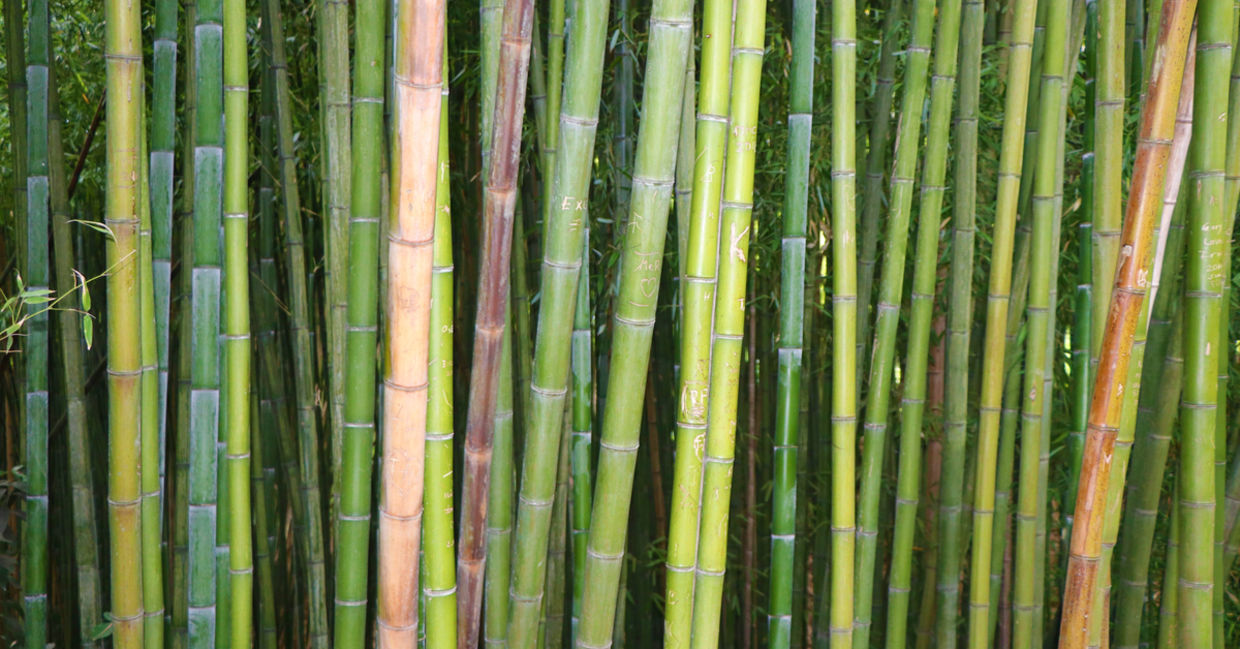
Stems are an essential part of plants, serving as the main highway for transporting water, nutrients, and sugars. They come in various shapes, sizes, and textures, reflecting the diversity of the plant kingdom. In this article, we'll delve into the fascinating world of stems and uncover some intriguing facts that highlight their remarkable role in the life of plants.
From the towering trunks of ancient trees to the delicate tendrils of climbing vines, stems showcase nature's ingenuity and adaptability. Through these 11 fun facts, you'll gain a deeper appreciation for the versatility and resilience of plant stems. So, let's embark on a journey to explore the captivating realm of stems, where science meets wonder and curiosity leads to discovery.
Key Takeaways:
- Stems are like superheroes for plants, providing support, transporting water, and even storing food. They’re like the Swiss Army knife of the plant world, essential for growth and survival.
- From delicious celery to beautiful flowers, stems are not just plant parts – they’re edible, support stunning blooms, and even have medicinal properties. They’re like the versatile MVPs of the plant kingdom!
Stems are multifunctional
Stems are versatile plant parts that serve several essential functions, including providing structural support, transporting water and nutrients, and even storing food. They are crucial for the overall growth and development of plants, making them an integral aspect of the plant anatomy.
Stems come in various shapes and sizes
Stems exhibit remarkable diversity in their appearance, ranging from the towering trunks of trees to the delicate tendrils of climbing plants. This wide array of shapes and sizes enables plants to thrive in diverse environments and adapt to different ecological niches.
Stems can be edible
Many plants have stems that are not only edible but also highly nutritious. From crunchy celery stalks to tender asparagus spears, these edible stems provide valuable dietary components and contribute to culinary diversity.
Stems support beautiful flowers
The stems of flowering plants play a vital role in showcasing the stunning blooms that captivate our senses. These slender structures elevate the flowers, allowing them to stand out and attract pollinators, contributing to the plant's reproductive success.
Stems are used in traditional medicine
Numerous cultures have utilized the medicinal properties of certain plant stems for centuries. These traditional remedies harness the healing potential of stems to address various ailments and promote overall well-being.
Stems are crucial for propagation
In the realm of horticulture, stems are often utilized for propagation purposes. Techniques such as stem cuttings enable gardeners to propagate new plants from existing ones, fostering genetic diversity and preserving desirable traits.
Stems are integral to the water transport system
Stems facilitate the movement of water from the roots to the rest of the plant, ensuring proper hydration and contributing to the plant's overall health and vitality.
Stems can be used for crafting
Throughout history, people have ingeniously utilized plant stems for crafting a diverse range of items, from baskets and furniture to musical instruments. This creative utilization highlights the versatility and cultural significance of stems.
Stems are essential for photosynthesis
Stems play a crucial role in supporting the leaves, the primary sites for photosynthesis. By providing structural support and connecting the leaves to the rest of the plant, stems enable the efficient production of vital nutrients.
Stems exhibit remarkable regeneration potential
In many plant species, stems possess the remarkable ability to regenerate, allowing the plant to recover from damage or propagate vegetatively. This regenerative capacity underscores the resilience and adaptability of stems.
Stems contribute to biodiversity
The diverse forms and functions of stems contribute to the rich tapestry of biodiversity, enabling plants to thrive in an array of ecosystems and fulfilling unique ecological roles.
Stems, the vital plant organs responsible for structural support, nutrient transport, and much more, are truly remarkable in their versatility and significance in the plant kingdom. Their multifunctional nature and diverse adaptations underscore their pivotal role in the survival and success of plants across the globe. Whether serving as edible delicacies, supporting vibrant blooms, or preserving traditional knowledge through medicinal use, stems continue to captivate our imagination and contribute to the rich tapestry of botanical wonders. As we marvel at the myriad forms and functions of stems, we gain a deeper appreciation for the intricate and awe-inspiring world of plants.
Conclusion
Stems are more than just supportive structures for plants; they play a vital role in the growth, development, and survival of various plant species. Their diverse functions, from providing structural support to serving as conduits for water and nutrients, highlight the remarkable adaptability and complexity of plant life. By exploring the fascinating world of stems, we gain a deeper appreciation for the intricate mechanisms that sustain the natural environment. Whether marveling at the resilience of succulent stems or admiring the versatility of climbing stems, the study of these plant components offers a glimpse into the ingenuity of nature.
FAQs
What are the main functions of plant stems?Plant stems serve several crucial functions, including providing structural support, transporting water and nutrients, and facilitating the growth of leaves, flowers, and fruits.
How do stems contribute to the survival of plants?Stems play a pivotal role in the survival of plants by enabling them to access essential resources such as water and nutrients, supporting photosynthesis, and adapting to environmental conditions through specialized structures and growth patterns.
Was this page helpful?
Our commitment to delivering trustworthy and engaging content is at the heart of what we do. Each fact on our site is contributed by real users like you, bringing a wealth of diverse insights and information. To ensure the highest standards of accuracy and reliability, our dedicated editors meticulously review each submission. This process guarantees that the facts we share are not only fascinating but also credible. Trust in our commitment to quality and authenticity as you explore and learn with us.
